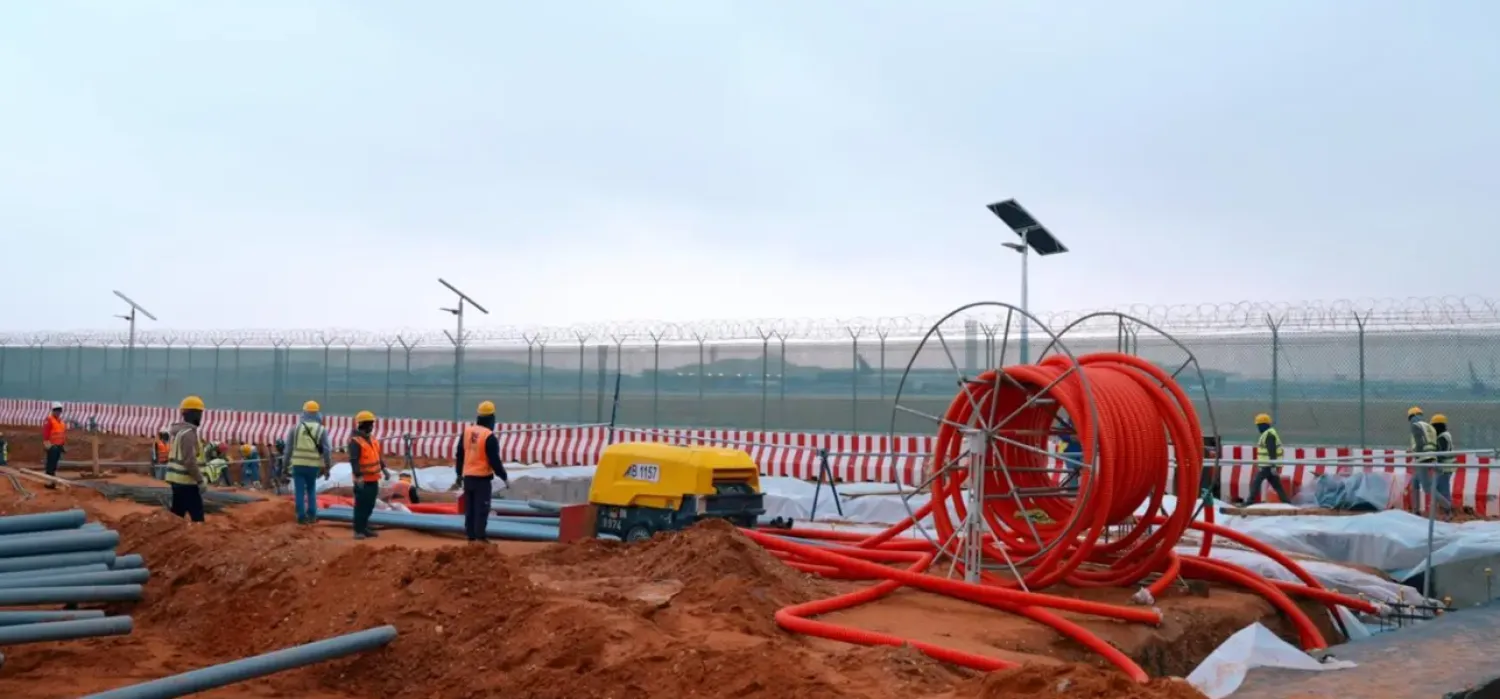US job growth accelerated in September and the unemployment slipped to 4.1%, further reducing the need for the Federal Reserve to maintain large interest rate cuts at its remaining two meetings this year.
Nonfarm payrolls increased by 254,000 jobs last month after rising by an upwardly revised 159,000 in August, the Labor Department's Bureau of Labor Statistics said in its closely watched employment report on Friday.
Economists polled by Reuters had forecast payrolls rising by 140,000 positions after advancing by a previously reported 142,000 in August.
The initial payrolls count for August has typically been revised higher over the past decade. Estimates for September's job gains ranged from 70,000 to 220,000.
The US labor market slowdown is being driven by tepid hiring against the backdrop of increased labor supply stemming mostly from a rise in immigration. Layoffs have remained low, which is underpinning the economy through solid consumer spending.
Average hourly earnings rose 0.4% after gaining 0.5% in August. Wages increased 4% year-on-year after climbing 3.9% in August.
The US unemployment rate dropped from 4.2% in August. It has jumped from 3.4% in April 2023, in part boosted by the 16-24 age cohort and rise in temporary layoffs during the annual automobile plant shutdowns in July.
The US Federal Reserve's policy setting committee kicked off its policy easing cycle with an unusually large half-percentage-point rate cut last month and Fed Chair Jerome Powell emphasized growing concerns over the health of the labor market.
While the labor market has taken a step back, annual benchmark revisions to national accounts data last week showed the economy in a much better shape than previously estimated, with upgrades to growth, income, savings and corporate profits.
This improved economic backdrop was acknowledged by Powell this week when he pushed back against investors' expectations for another half-percentage-point rate cut in November, saying “this is not a committee that feels like it is in a hurry to cut rates quickly.”
The Fed hiked rates by 525 basis points in 2022 and 2023, and delivered its first rate cut since 2020 last month. Its policy rate is currently set in the 4.75%-5.00% band.
Early on Friday, financial markets saw a roughly 71.5% chance of a quarter-point rate reduction in November, CME's FedWatch tool showed. The odds of a 50 basis points cut were around 28.5%.









